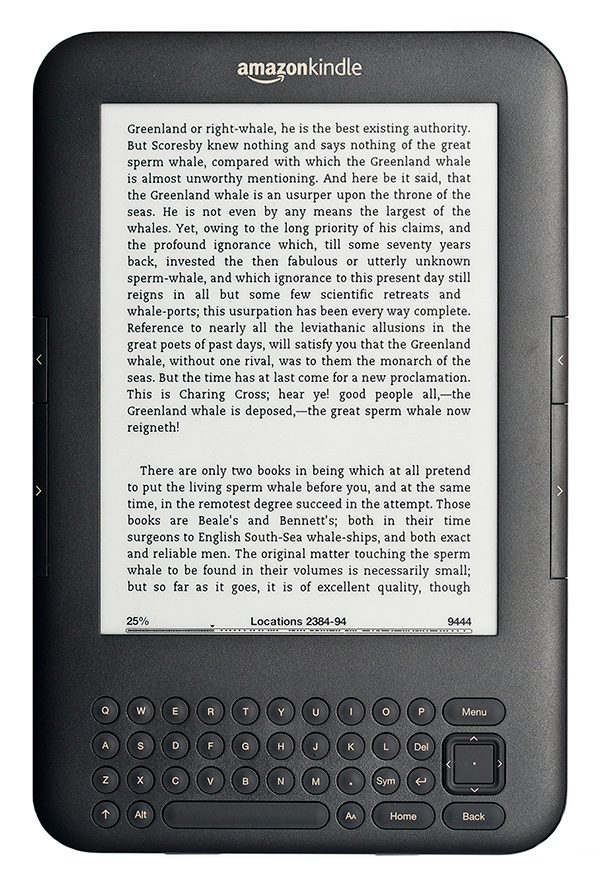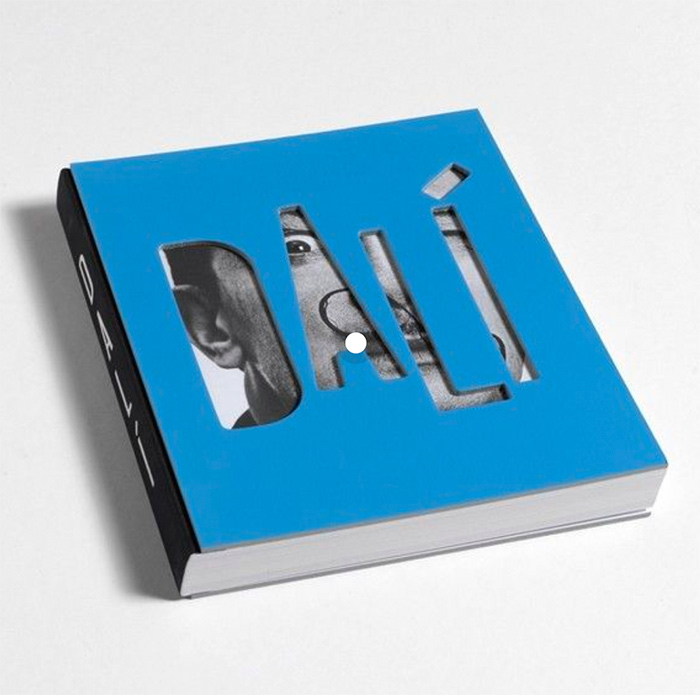Since Gutenberg, books have been one of the major sources to distribute knowledge and information. Though still books are printed and thus can be seen as analog sources of texts, graphics and photographs, in the last few years e-books became more and more popular.
These digital siblings of sometimes heavy, large format keepers of knowledge, are available as PDFs easily accessible via electronic devices like desktop computers, laptops, tablets and smartphones, but there are also devices specially designed for the use of reading e-books, like Kindle, Tolino or Pocketbook.
While reading on LCD screens can be very exhausting for the readers’ eyes, these specially designed e-readers provide gentle contrasts, using a special paperlike screen, emitting no to very little light, while the devices are very energy-efficient and the e-paper surfaces make it possible to read books in the daylight, without distracting reflections of the screen. In addition a single device can hold thousands of books saved on a memory card and via wi-fi connection users can also buy e-books from online retailers or get access to online libraries such as the Open Publication Distribution System. Furthermore users can adjust font size and spacing, enhancing readabilty, which especially makes an advantage for people with reading disabilities or dyslexia. Besides, e-readers automatically save the last position so that readers easily can continue their reading without using bookmarks or other ways to find the page where they stopped reading.

No wonder that the appearance and development of e-books and e-readers have been seen critically by the traditional book industry, as fears arose that the sales of traditional books will heavily decrease, making physical books an obsolete medium.
However, though digital approaches to producing and reading books may bring a variety of practical usage, books in form of PDFs or other special formats provided by e-readers, lack of a thing that nowadays is still reserved for analogue media – haptics.
Due to the fact that 40% of the stimuli processed by the human brain are of haptic nature, people tend to give higher credit to things that they can touch, feeling something in your hands makes it more real and thus more valuable – „the sense of touch is our ‘sense of truth’“.
Besides, the design of printed books can make up to a multisensory experience, taking into account that all the ingredients for this experience are well balanced – from an attractively designed cover, over the careful choice of papers, optimized typography and readability to the right format as well as appropriate and high quality binding and production, alltogether set in perfect reference to the content.

Similar to a vinyl record with a printed cover, carrying additional information to the artist, recording session and further insights, compared to a directory with the album as .mp3, a printed book bears the possibilities to be something rather personal, more valuble and memorable then digital files.
Sources:
https://en.wikipedia.org/wiki/E-reader
https://www.printpower.eu/experts/olaf-hartmann/